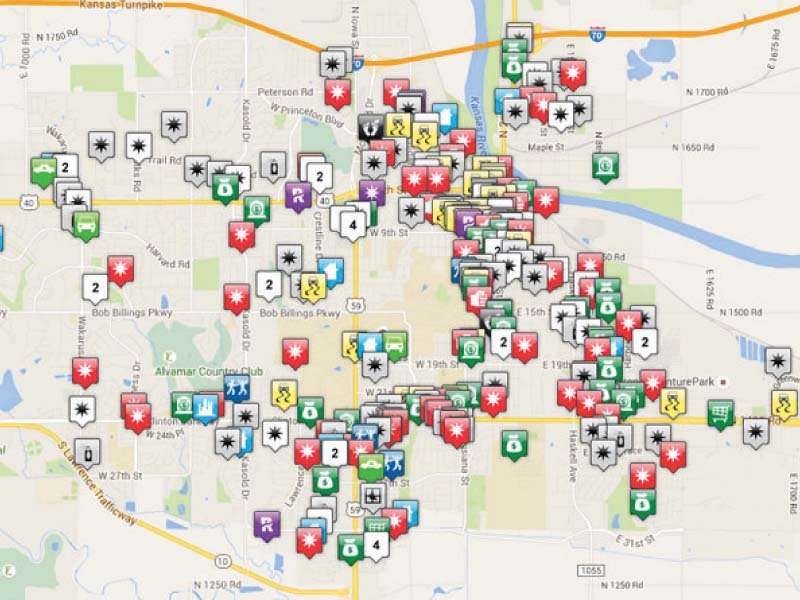
Earlier, the crime incidents were geo-tagged on the software with respect to registered FIRs. In the improved version, Lahore Police is working to include helpline 15 calls as well as FIRs.
Capital City Police Officer (CCPO) Zulfiqar Hameed, while talking to The Express Tribune, said that he had approached the Punjab Safe City Authority to work on locating crime calls made to 15, with longitude and latitude, to mark the exact location of an incident.
He lamented that the use of this modern technology had been given up practically in Lahore. He further said that he had started strictly monitoring adoption of the technology to devise crime fighting strategies.
A few days ago, the CCPO had held a meeting with Anti-Vehicle Lifting System (AVLS) SP Atif Hayat and his staff and instructed them to identify crime pockets in every police division. “Areas having bad record regarding vehicle theft should be focused.”
After examining maps and record of different police divisions, the CCPO said those with criminal record should be monitored closely to control vehicle theft incidents.
Inclusion of 15 data with FIR
Usually, it would take time to register an FIR and upload it on computer software to be shown in crime mapping due to different procedural lacunas such as the reluctance of police officers to register an FIR due to performance evaluation, time taken in verification, infrastructural and logistical issues and negligence by staff.
On ground, it usually took two to three days to register an FIR, especially regarding crimes against property, while the crime pattern gradually shifted from one spot to another.
This delay worked as a barrier in timely analysis of crimes occurring in the city to identify saturation points and devising strategies to thwart them.
Linking of helpline 15 data with the software will help in addressing this gap also, the CCPO added.
What is crime mapping?
Punjab Police, despite entering the 21st century, had relied on traditional means of crime data gathering for analysis, in order to identify crime pockets. Crime mapping is an IT-based modern solution.
It is a web and android-based application in which the location of a criminal incident, along with the First Information Report (FIR) number, pictures and other details is uploaded and updated.
In the system, the investigation officer visits the crime spot and enters the location in the app on his android phone to geo-tag the crime scene.
The uploaded data is displayed on a dashboard to facilitate in identifying areas with higher rates of crime.
The technique is used to devise a crime-fighting strategy, especially patrolling plan.
When was it adopted?
The initiative to adopt crime mapping as a policing tactic was for the first time adopted by Lahore CCPO Zulfiqar Hameed in 2013 while serving as DIG investigations.
The project was started as a pilot project with the help of Lahore University of Management Sciences (LUMS). For the purpose, Lahore police bought a few android phones while the software was developed with the help of the university.
Initially, it was started at a few police stations. Later on, sensing its utility, it was replicated in all police stations of the provincial capital with the help of Punjab Information Technology Board (PITB). Former Lahore DIG operations Dr Haider Ashraf played an active role in its replication. He tried to extend the scope of crime mapping technique by linking it to performance evaluation also. Currently, it has been replicated throughout the province.
Crime mapping as policing technique
Policing experts hold the view that formation of crime clusters, especially in urban areas, is a trend often observed.
The reason behind it has been physical conditions related to socio-economic features where such clusters are formed. The presence of economic centres is an example of this.
They also say that the presence of police also contributes to deterring crimes occurring in a city. Crime mapping has evolved as a policing technique due to these two factors largely.
Published in The Express Tribune, January 23rd, 2020.


1725443747-0/Untitled-design-(5)1725443747-0-165x106.webp)



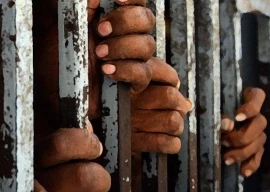

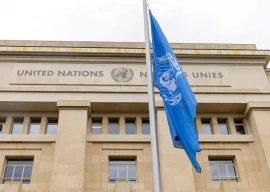
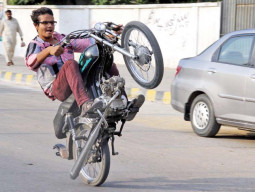
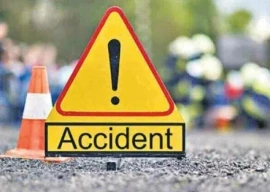






COMMENTS
Comments are moderated and generally will be posted if they are on-topic and not abusive.
For more information, please see our Comments FAQ